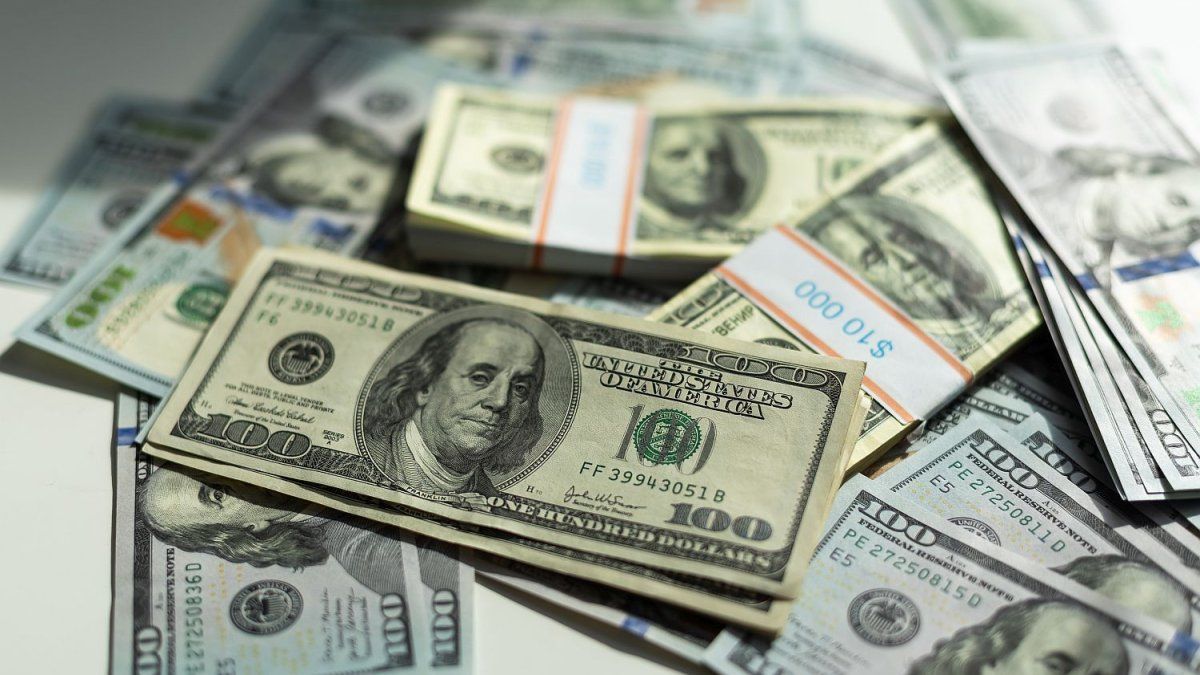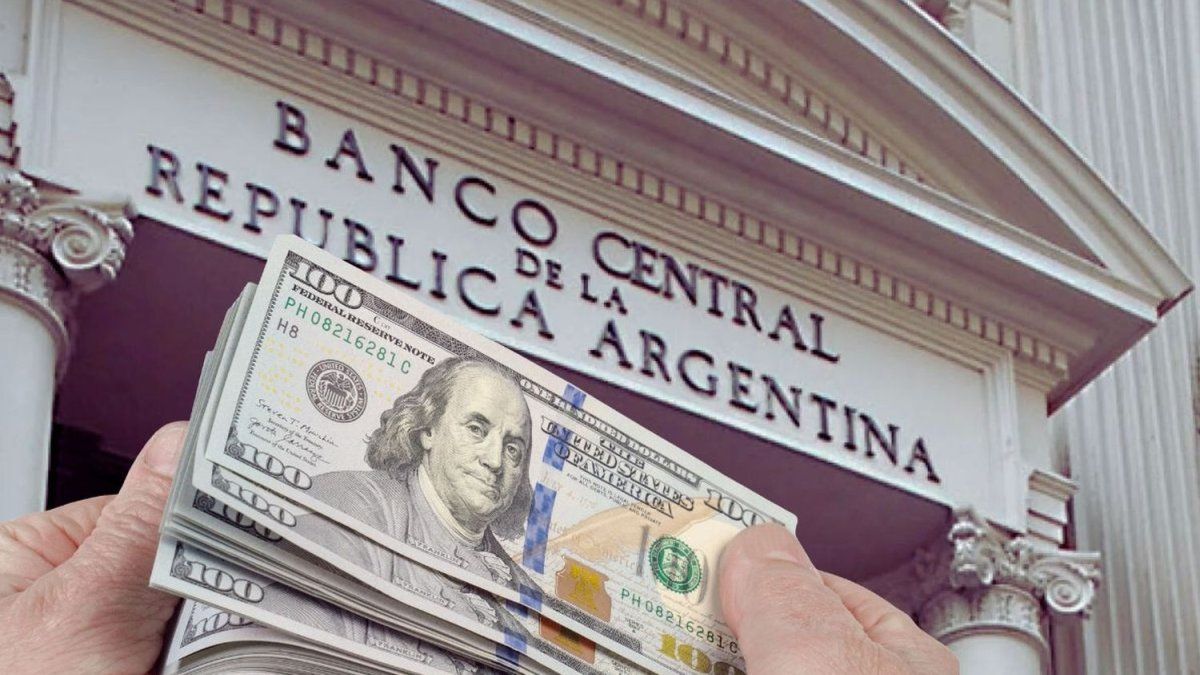As in the last few days, financial dollars are trading higher this Friday. The gap with the official rate remains close to 35%.
The financial dollars are operating on the rise this Friday, August 23, As has been happening at the beginning of each of the rounds this weekIn recent days, the intervention of the Central Bank (BCRA) in the stock market managed to lower the prices and the gap with the official rate as the hours went by.
The content you want to access is exclusive for subscribers.
The dollar MEP rises $5.84 (+0.5%) to reach the $1,289.07, while the CCL advances $2.60 (+0.2%) to $1,288.12. With these variations, the gap between the exchange rates on the stock exchange and the wholesale exchange rate, regulated by the Central Bank (BCRA), remains at 35.9%.


Despite the increases, In the weekly cumulative, both prices register falls$6.23 (-0.5%) in the case of the MEP and $3.99 (-0.3%) in the case of the CCL.
Market sources said that in the last three rounds it was noted High volume in AL30 bondsabove average, which implied a greater use of reserves by the BCRA to bridge the gap, especially in the hours before the market closed.
In the official exchange market, the volume of foreign currency was again low, due to the fact that Importers are delaying their operations awaiting the 10-point reduction in the PAIS tax, promised for September.
Economist Gabriel Caamaño pointed out that The trading volume was less than US$100 millionalmost all explained by the liquidation of exporters, while in the demand of importers a “tremendous stand by” is being seen.
In this context, The Central Bank has had 13 consecutive days of net dollar purchases. However, reserves fell for the second consecutive daywhich continues to arouse uncertainty in the market, especially considering that the validity of the “blend” and the official intervention in the exchange rates do not favor the accumulation of “greenbacks” to face the normalization in the payment of purchases abroad by companies and the large debt maturities that are approaching by 2025.
Source: Ambito
I am a 24-year-old writer and journalist who has been working in the news industry for the past two years. I write primarily about market news, so if you’re looking for insights into what’s going on in the stock market or economic indicators, you’ve come to the right place. I also dabble in writing articles on lifestyle trends and pop culture news.




